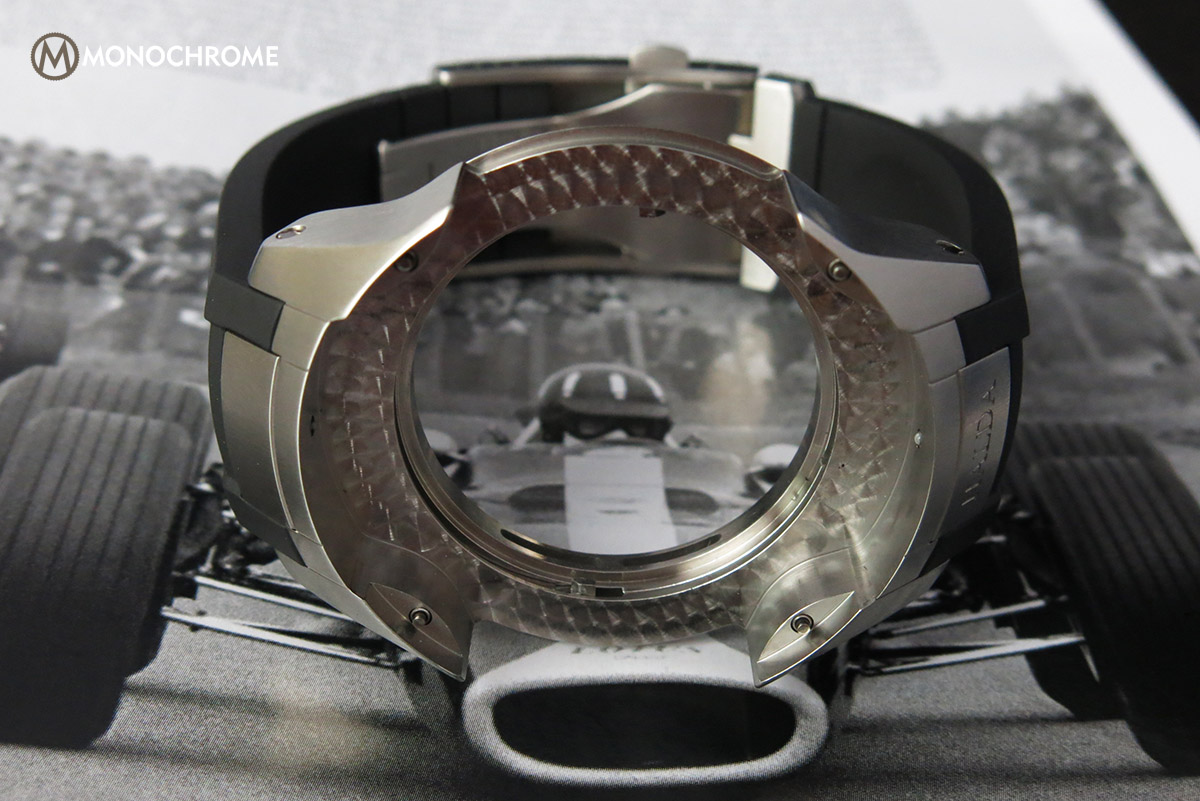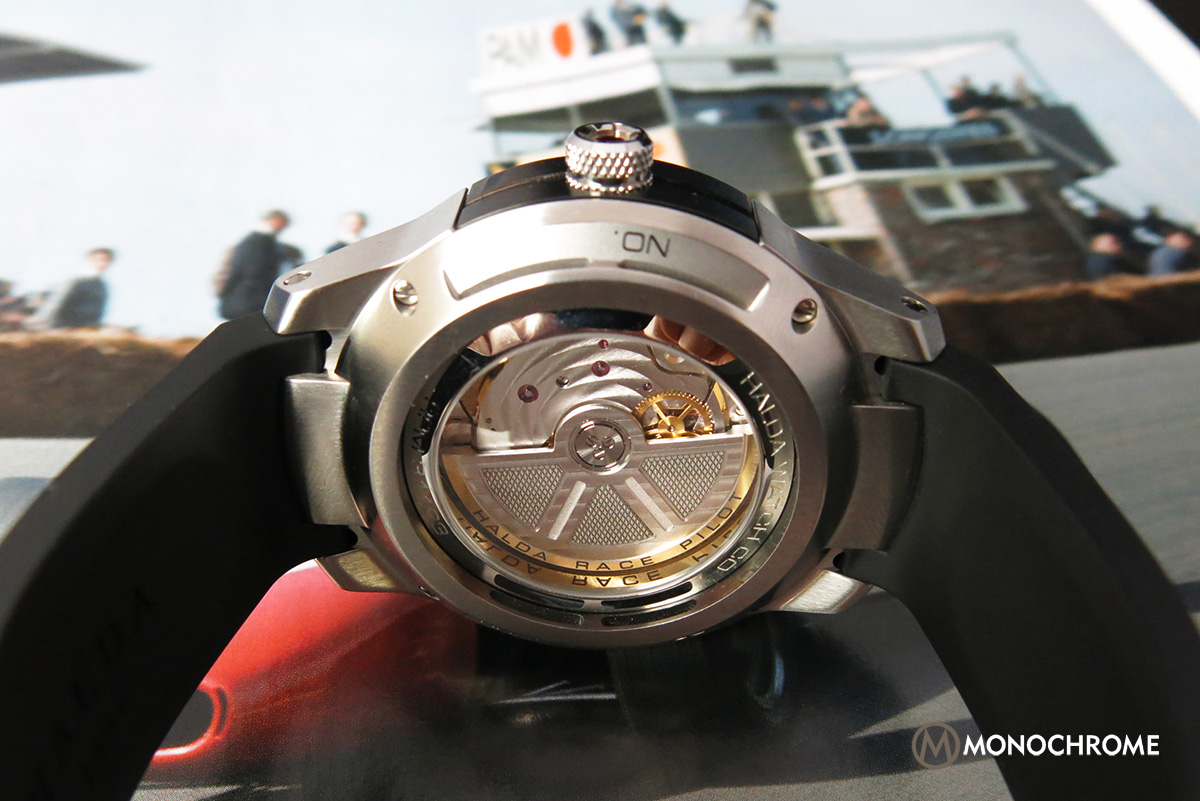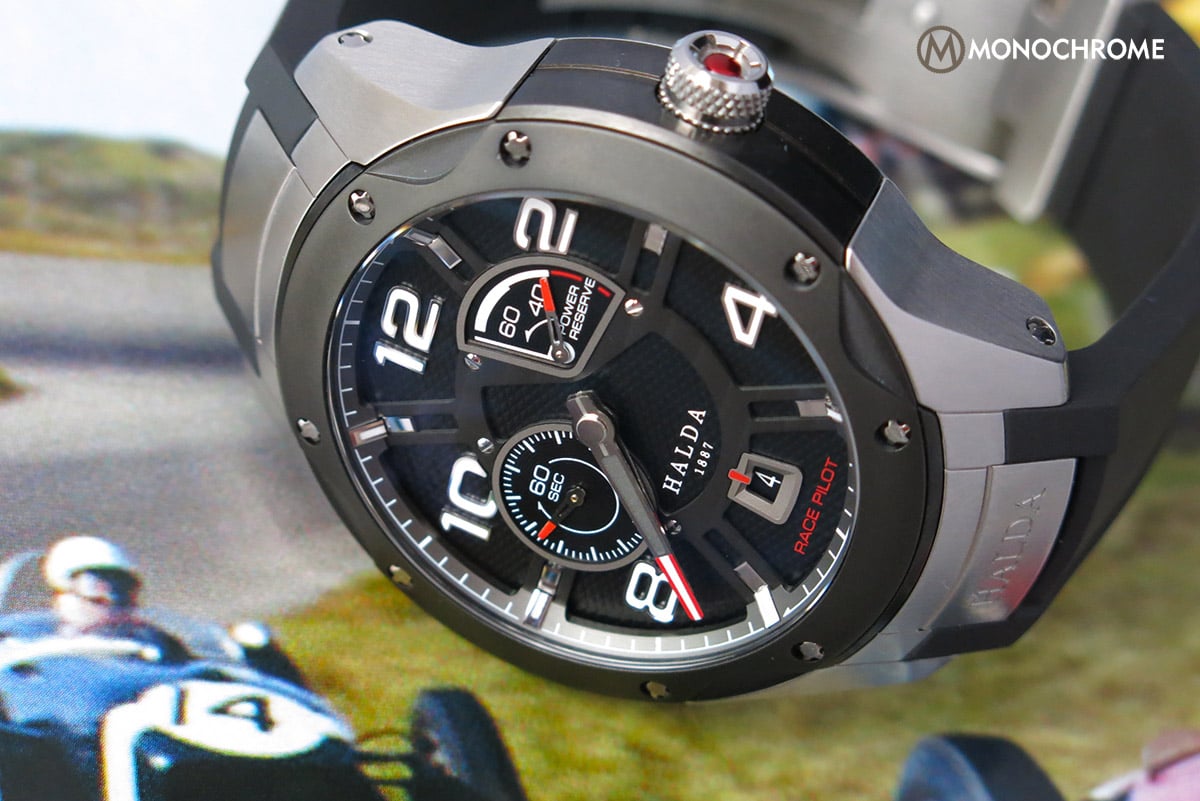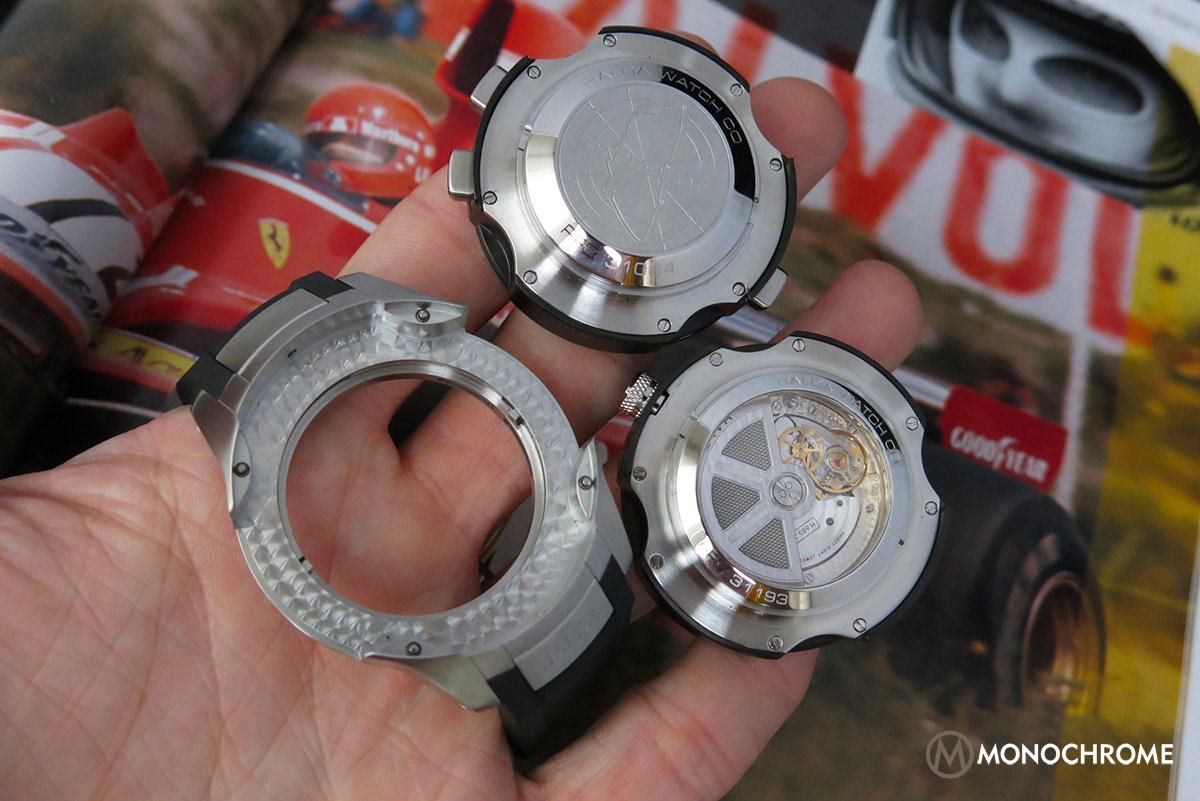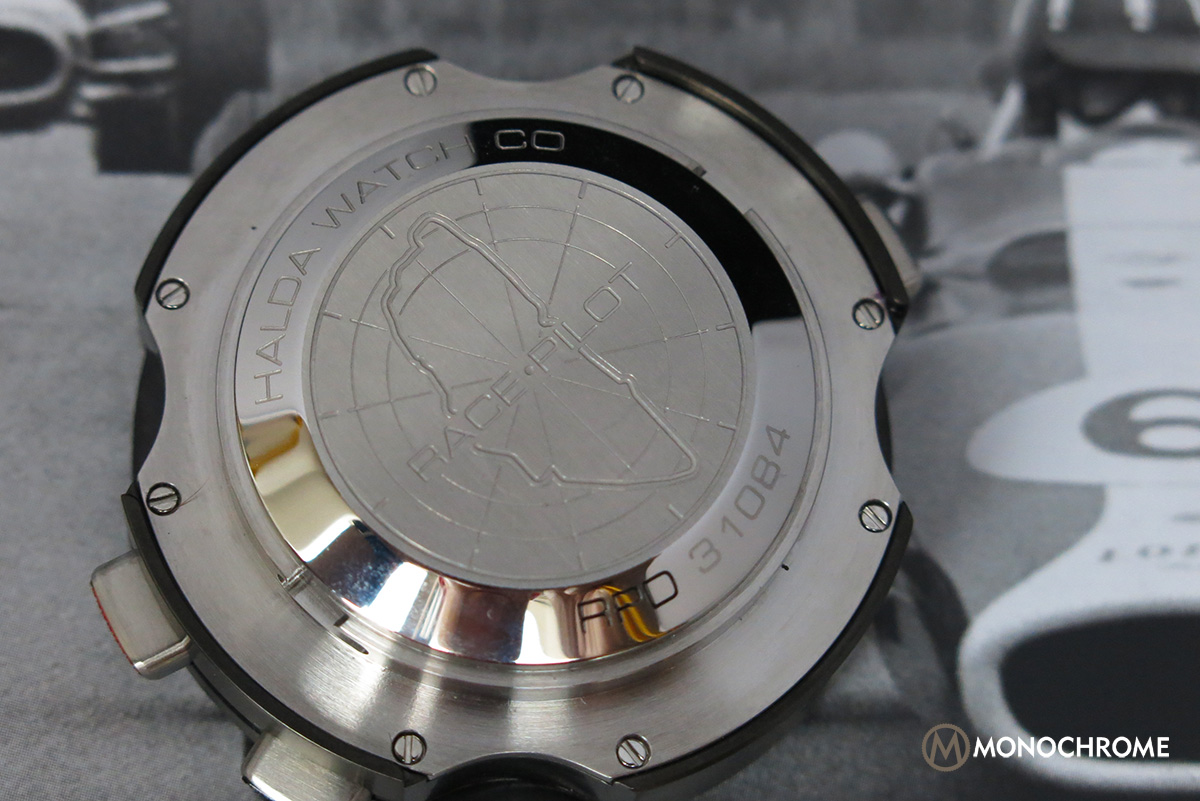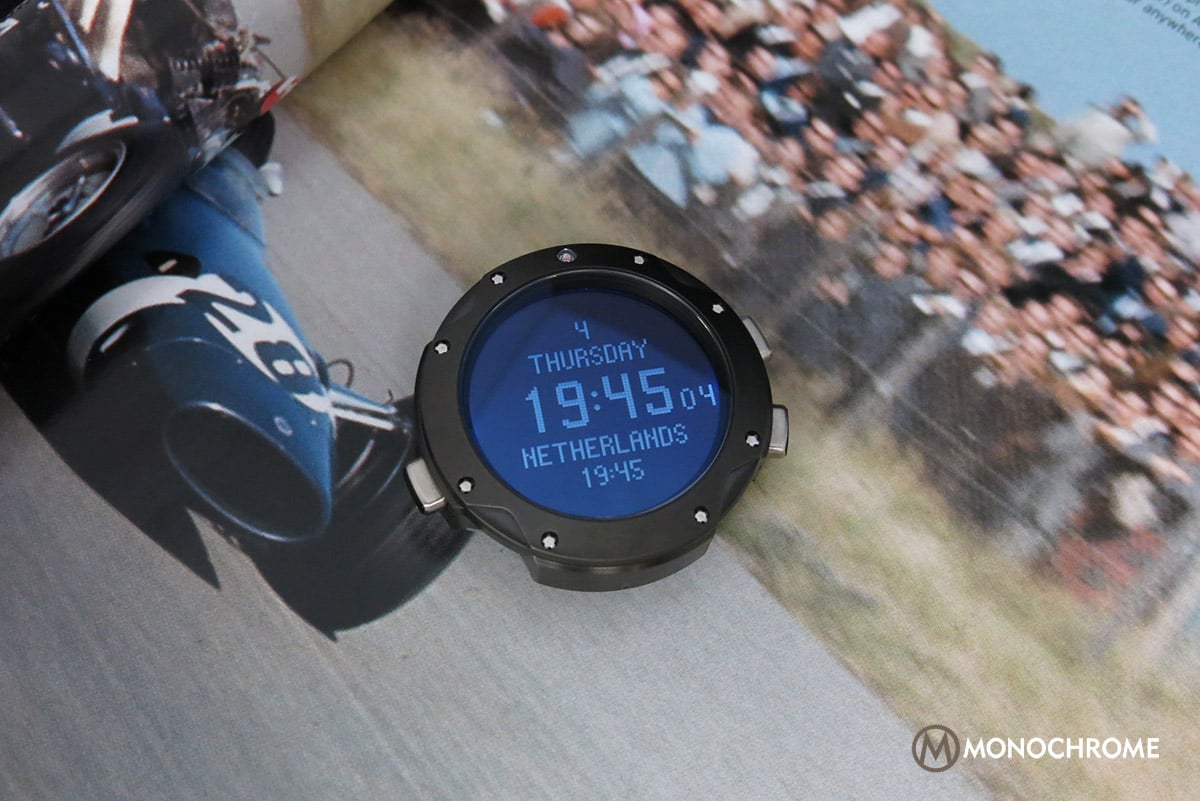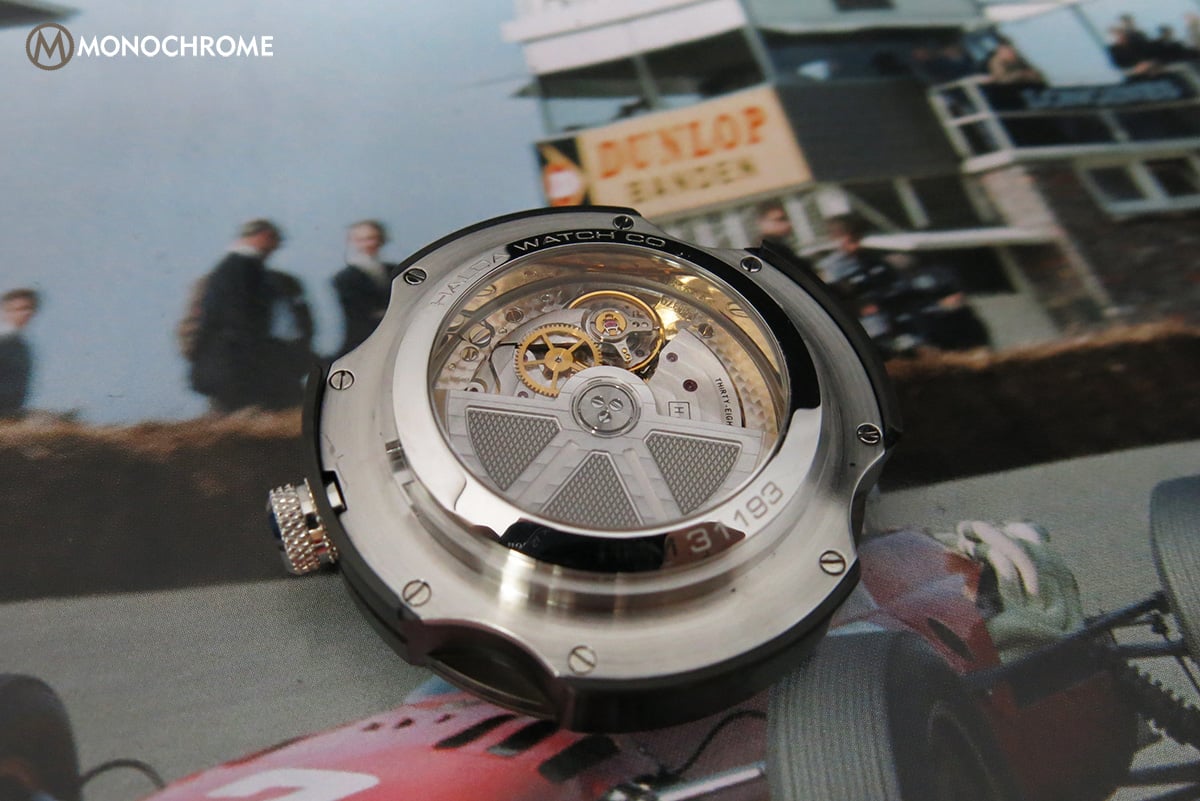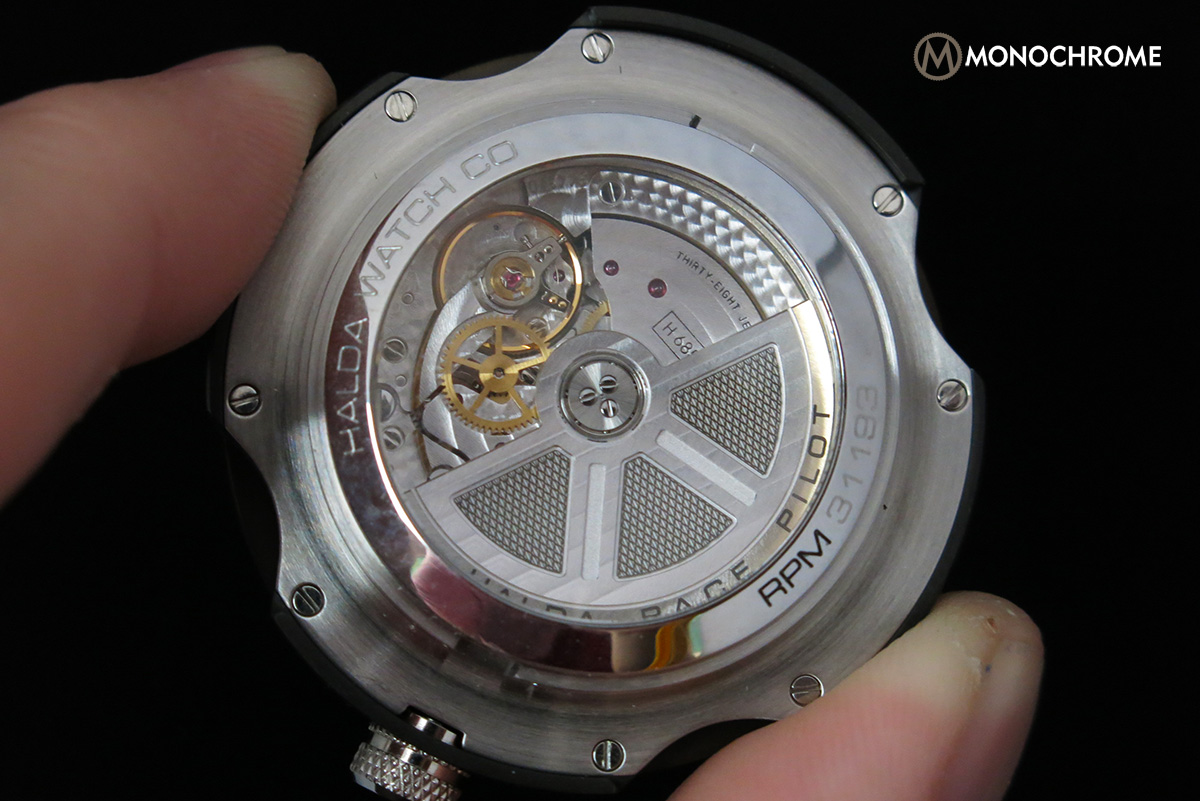Introducing the Halda Race Pilot
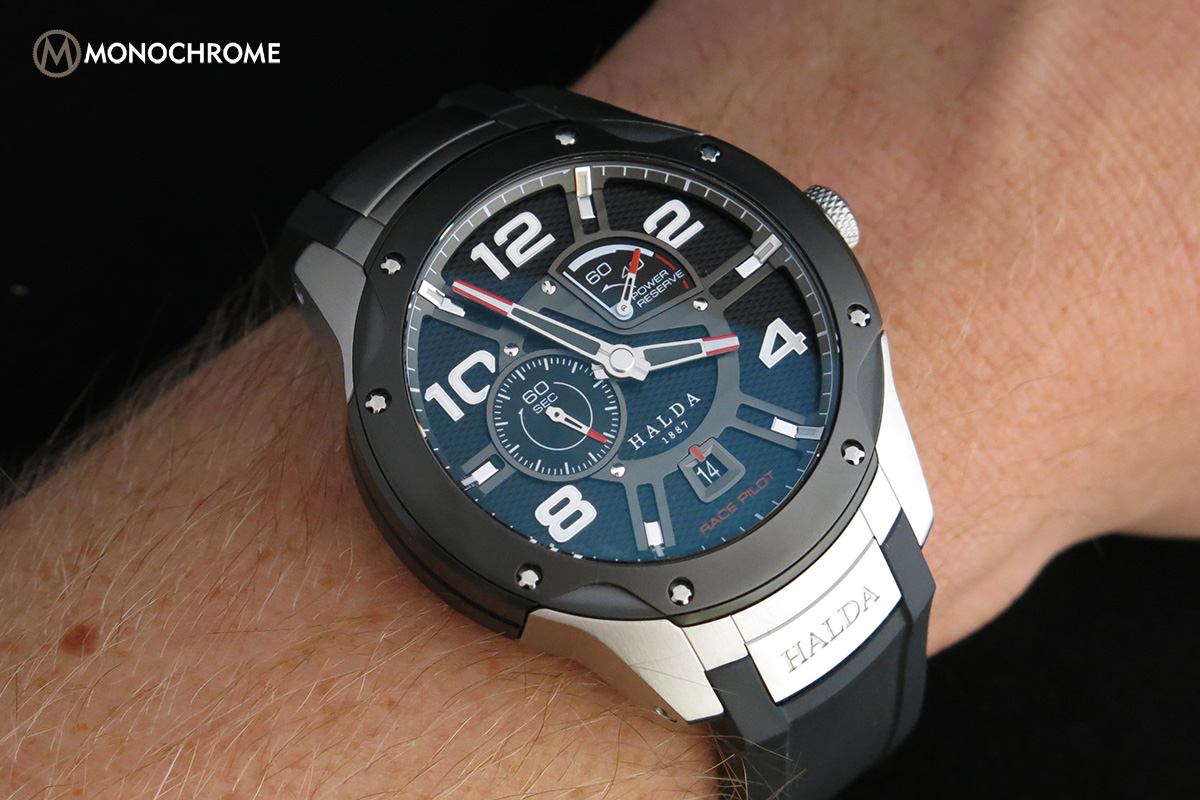
What is the ultimate racing watch? What defines a racing-timepiece? Is it a necessity to be race-inspired in design or does it have to offer usability as well? It is probable that timepieces like the Chopard Mille Miglia, or TAG Heuer Monaco come to mind. Other than perhaps a chronograph, the usability during racing is limited. There is an alternative though, and it comes from Sweden, a country with a surprising rich history in racing and watchmaking: the Halda Race Pilot. We’ve spent some time hands-on with it, and share our experience in this full review.
Sweden has been the host of an official Grand Prix between 1933 and 1967 and an FIA Formula One Championship race, at Anderstorp, between 1973 and 1978. Although no longer present on the FIA F1 calendar, it marked an important moment in F1 racing as it was home to the first and only win by a six-wheeled car, with Jody Schekter at the wheel of the Tyrrell P34. Furthermore, Sweden has been on the FIA World Rally Championship calendar every single year from 1950 forward.
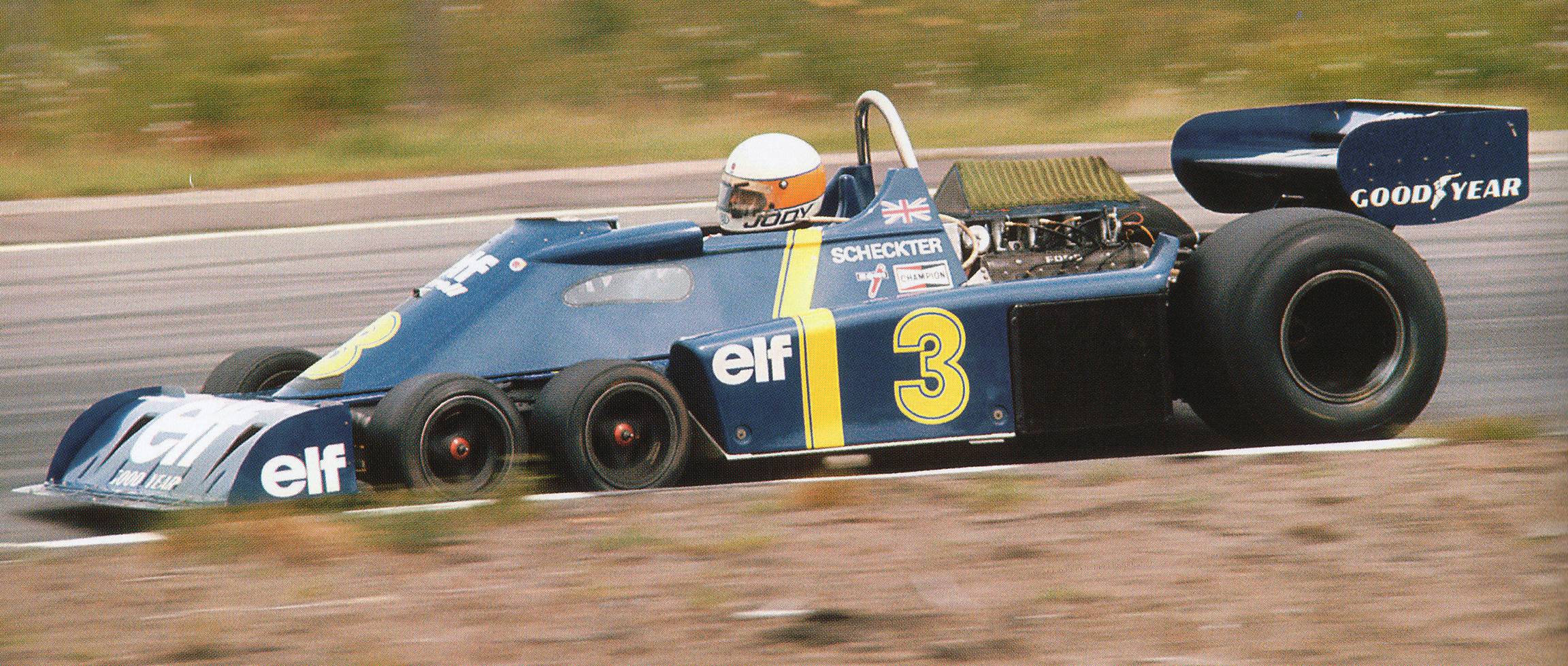
Historical significance is ensured if you pair the Swedish racing heritage with a watch company that dates back to 1887, when founder Hemming Hammarlund set up shop in Svängsta, Sweden. With a background and education in Swiss watchmaking, Halda started producing pocket watches. Due to the decreasing demands during the First World War, Halda started developing timewriters and taximeters instead, the latter becoming the standard for taxi-services and for a period, the only approved taximeter in London. In 1920 however, the company was liquidated.

In 2009 engineer Mikael Sandström resurrected the brand into what we now know as Halda Watches. Since its resurrection Halda has introduced both the Race Pilot and the Space Discovery. The Space Discovery was developed with space-travel in mind and has even been tested by Swedish astronaut Christer Fuglesang during a 2009 space mission to the International Space Station. The Race Pilot and Space Discovery both feature a modular system, with two interchangeable timing instruments; one mechanical and one digital.
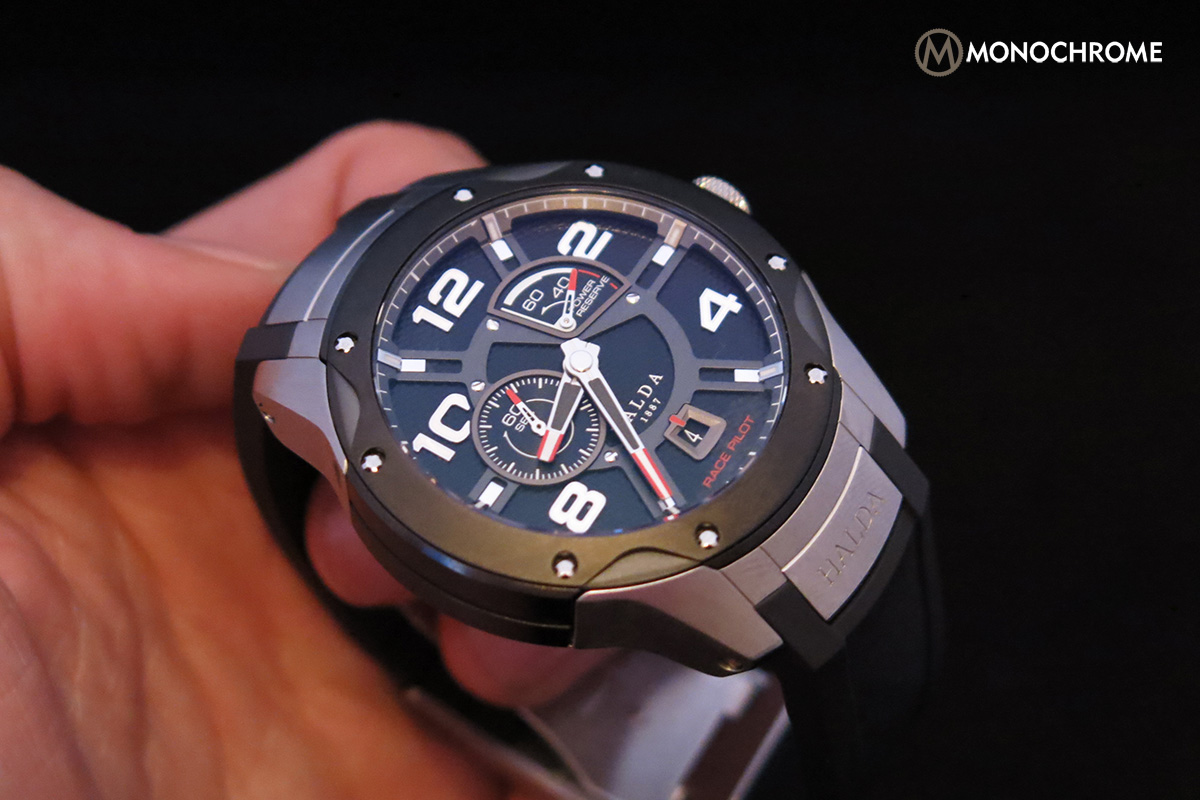
Overall appearance
The Race Pilot is a pretty sizeable watch, regardless of which module is snapped in its holder. It is thick, masculine, and partly due to the integrated lug- and pusher-release-system, quite tall from lug to lug. The watch has a very technical design to it, with a multitude of detailing and various materials and finishes like steel, titanium, DLC-carbon coatings and more. The rubber strap brings further sportiness and comfort into the mix.
The beauty of the set-up featuring two interchangeable modules is that the basic look of the Halda Race Pilot remains the same. The same case-details apply for the mechanical and the digital module. Obviously the dial changes but that is a given fact isn’t it? The blackened cases for each module strike off very sharp against the steel case holder.

Features
The most noticeable feature of the Halda Race Pilot is the interchangeable, modular system. Though it is hard to spot that it is at all possible, being able to exchange the mechanical module for the digital one, or vice versa, is a neat little party trick. It adds to the versatility of the watch, and gives the watch very versatile functionalities.
The vast array of functions includes, of course, the hours and minutes, along with a small seconds indication. The mechanical module is also equipped with a power reserve indication and a date. When sporting the digital module, you will find a lot more features to explore but we will get to that in a moment otherwise your head would be buzzing already.
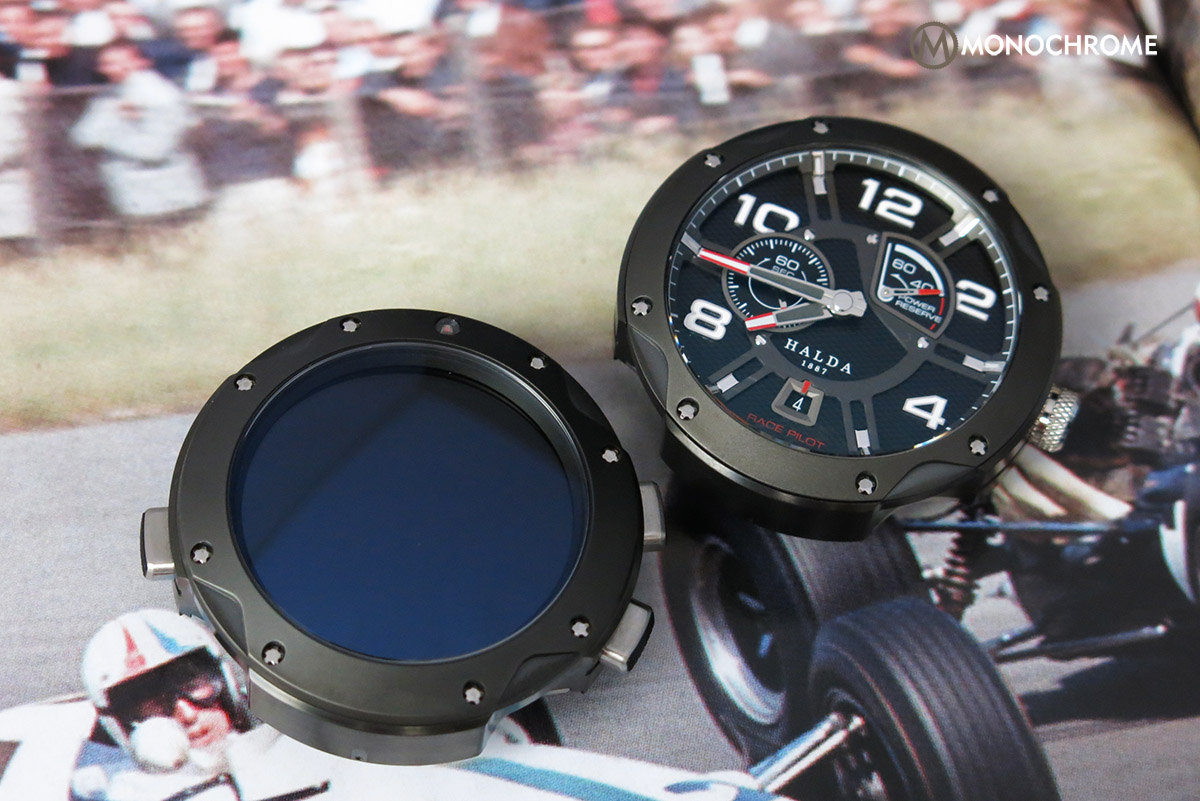
Display Dial and Hands
Depending on which module is in place, you either have a rather contemporary layout of the dial or no dial at all (figuratively speaking of course). The digital module lacks any sort of hand, and relies on a backlit LCD display for timing indications and other functions. The digital module has a light sensor, and can be set to automatically turn on under the right angle. So if you check for the time, the display turns on if you rotate the watch towards your eyesight. When this function is turned off, one of the pushers has to be pressed to activate the display. The backlit display is highly legible in any circumstances, regardless of what function you select. The display is crisp, and instantly switches digits and indications.

The dial of the mechanical module is built up with 29 individual parts and available in three different colors: Gun Metal, Black Luminova and Silver Geneva. The Halda at hand has the Black Luminova dial in place. The dial is finished with multiple decorations including horizontal Côtes de Geneva on the hub like applique and Clous de Paris for the base of the dial and luminous material on the hands, markers and numerals.
The mechanical module displays hours, minutes, small seconds, power reserve and date. The centrally mounted hours and minutes hand looks skeletonized but aren’t actually. The center of the hands are blackened, the tips are coated in white luminous material in order to aid night time visibility, and red edges to give it more of a racing feel. The small seconds indication is located at 9 o’clock, and has baton minute markers and the marking “60 sec” on the inside to remind you what’s indicated.
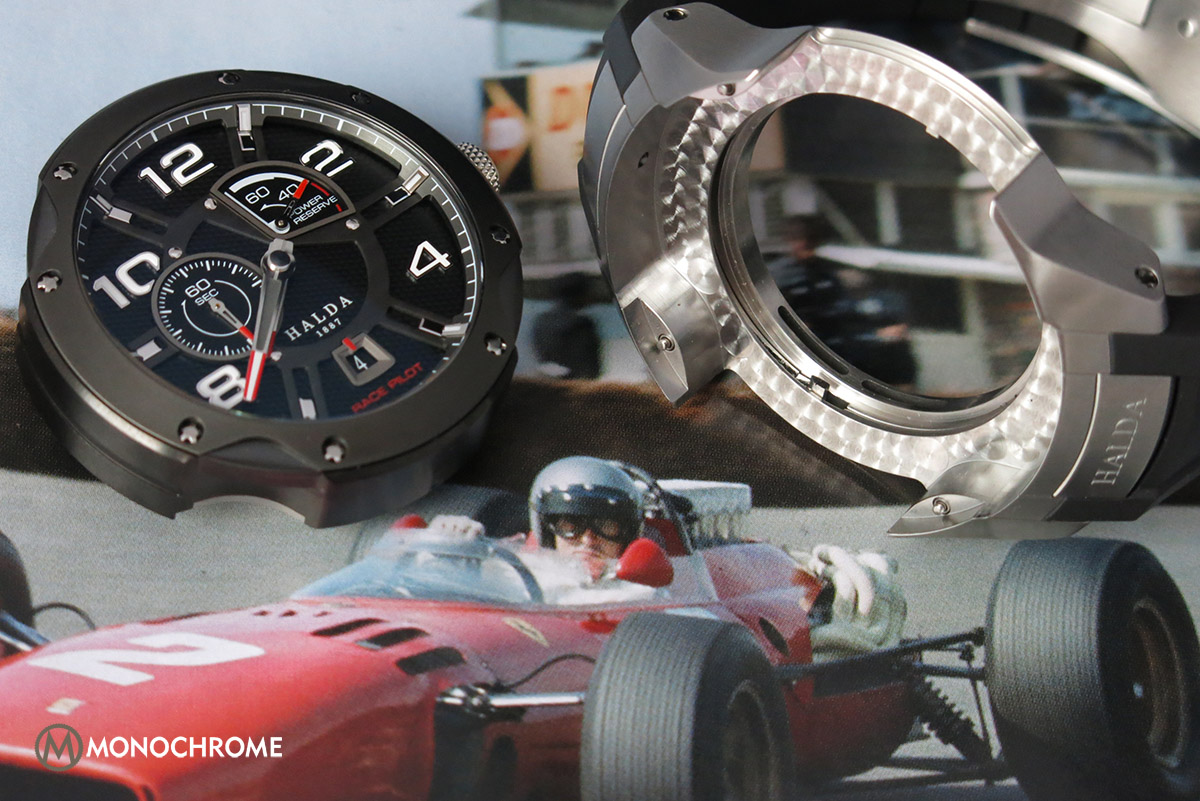
At the 6 o’clock position you see the date, with white markings on a black disc. A red marker on the top of the window helps to find it more intuitively. Furthermore, the dial is finished with the brand name and its year of in white, and the model-name in red.
A power reserve is located at 2 o’clock, showing between 0 and 60 hours and looking very much like a fuel gauge out of a dashboard. The red-tipped hand and layout of the power reserve scale make for easy reading of the remaining energy in the movement. This befits the racing theme of the watch very well, which is further enhanced with a wheel-like applique placed on the dial. The “spokes” of this applique function as hour markers for every other hour, with Arabic numerals at 12, 2, 4, 8 and 10 to complete it. The end-result is a visually impactful dial, with a little bit of a designer-edge. Still, it fits the intended goal of the watch very well.
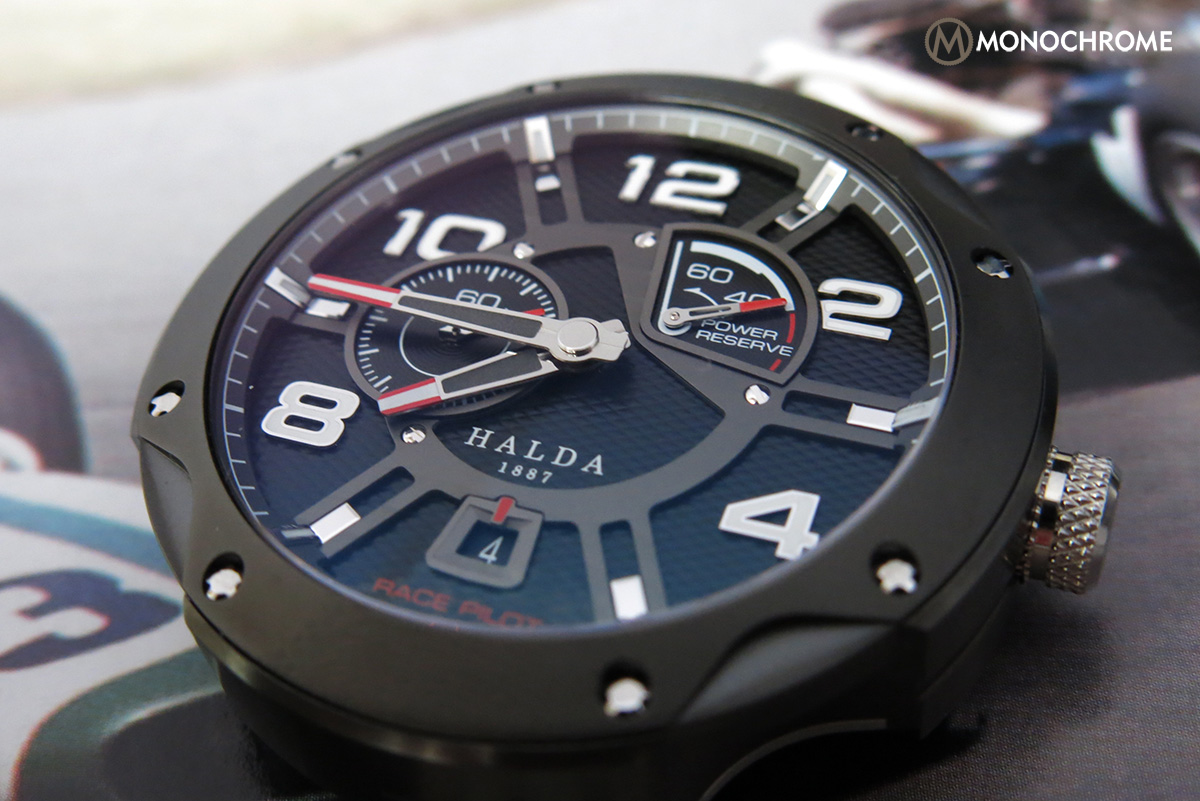
Case and Strap
Let’s begin with the case holder: the part that you need regardless of which module is snapped in, digital or mechanical. The case holder is constructed in stainless steel, and features two inconspicuous buttons at 12 and 6 o’clock, with “HALDA” engraved on one of them. You press down on them, and the module is released from its clasps. Then you can remove it, and replace it with the other. The fit of the module inside the case holder is immaculate, and intuitive due to the four buttresses that fit into corresponding openings in each module. The remaining module can be neatly stored in a leather pouch with foam padding to keep them safe.
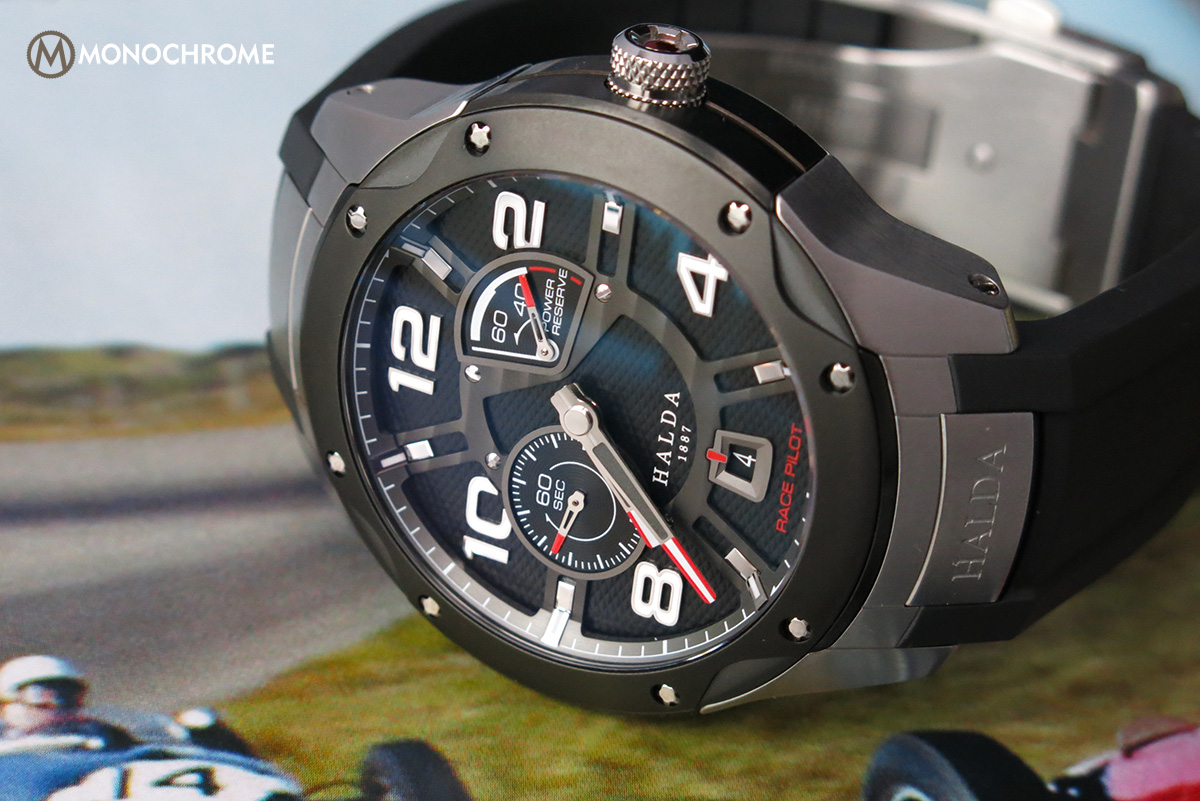
Both modules are done in titanium with DLC-coating to provide a sporty look and high scratch resistance. The mechanical module is fitted with a knurled crown, with grips perfectly and finished with a spoke-like design with a red dot in the center. The digital module features three stainless steel pushers surrounding the case, with a textured anodized aluminum insert.
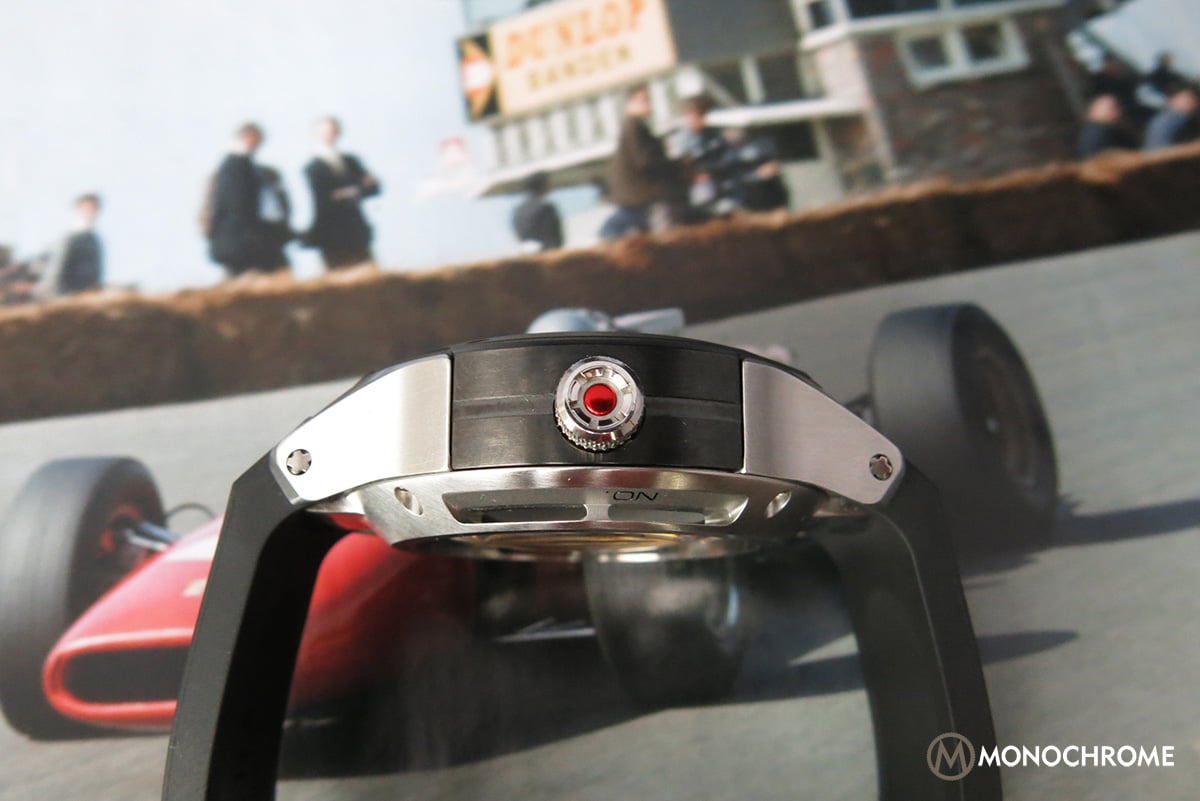
Where the digital module has a pre-heated quartz crystal covering the LCD display, the mechanical module is of course fitted with a domed sapphire crystal with anti-reflective coating on the inside. There is also a difference between the caseback of each module. The digital module is enclosed and engraved with various detailing, including the outline of the Circuit de la Sarthe, home of the 24hrs of Le Mans. The mechanical module offers full view of the backside of Zenith’s Elite Caliber 685 and the custom Halda-rotor through a specially designed, slightly magnifying sapphire crystal. The rotor features Côtes de Geneva and Clous de Paris decoration, in coherence with the dial.
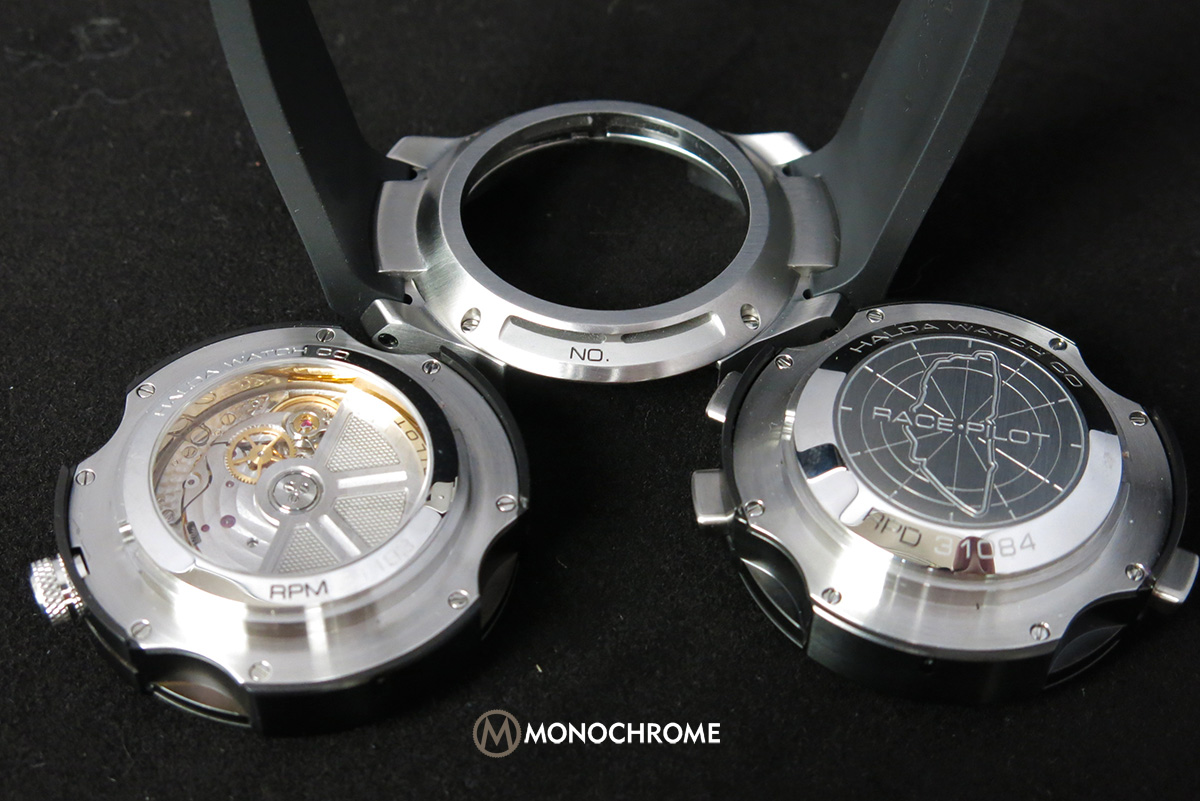
Furthermore, the case holder is built as such that it raises the module a little bit off of your wrist. This is supposed to give better resonance to the beeps the digital module will give of while in place, but the effect wasn’t very noticeable while wearing it during the review-period.
The 45mm wide and 17.6mm thick cases feel sturdy, with sharp lines and a good level of finishing. The base of the case holder, only visible without a module, is decorated with perlage graining, as can be seen in the pictures. The Race Pilot is neatly fitted to a 22mm wide rubber strap with folding buckle. The rubber is smooth to the touch, and offers a good, comfortable fit. Although I am not the biggest fan of rubber straps this one is very well executed.
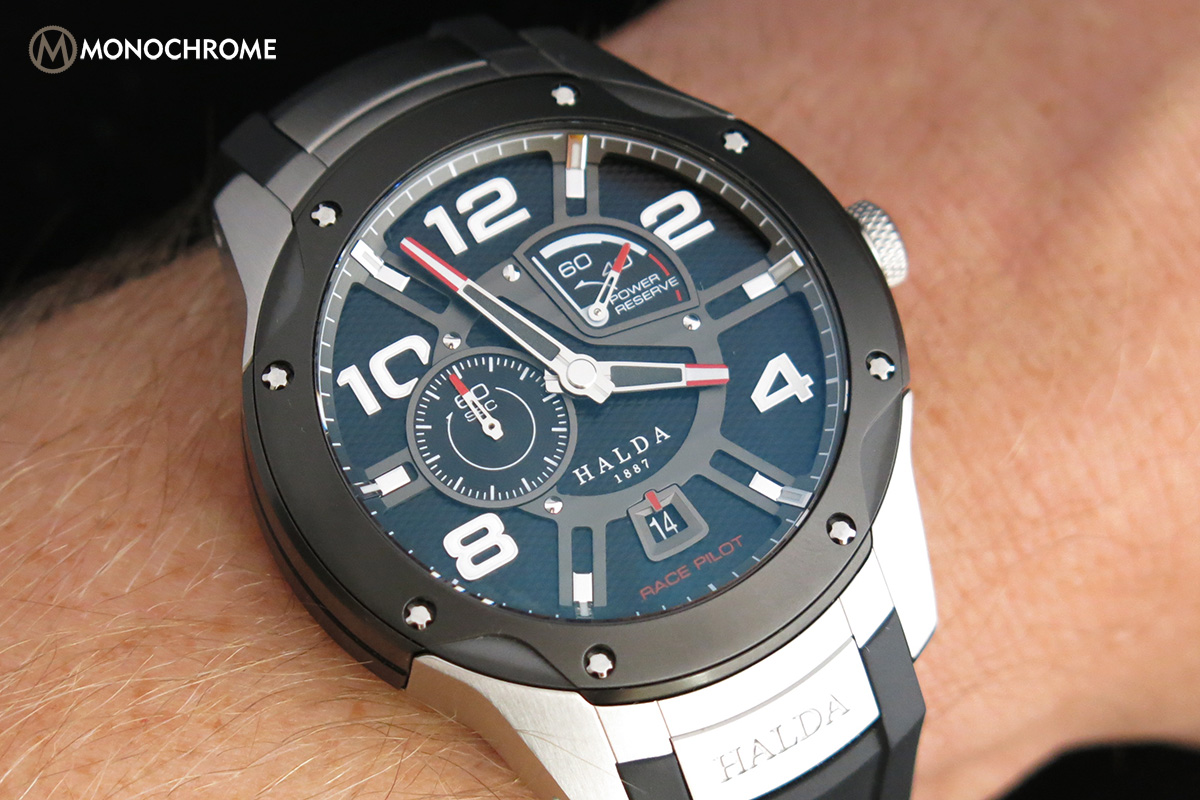
Movement
The movement inside the digital module is developed by Halda, and known as the HR2012-1. Halda’s been in close contact with racing teams, drivers and engineers, to develop the usability and features of the Race Pilot. The list of functions is long, and features some pretty interesting ones. You can select one of 150 official racetracks from around the world for instance. The Race Pilot has information about the altitude, length and timing averages of the different racetracks. So, if you ever find yourself in an official race or a track-day event at one of the selectable venues, you can time your laps down to perfection!
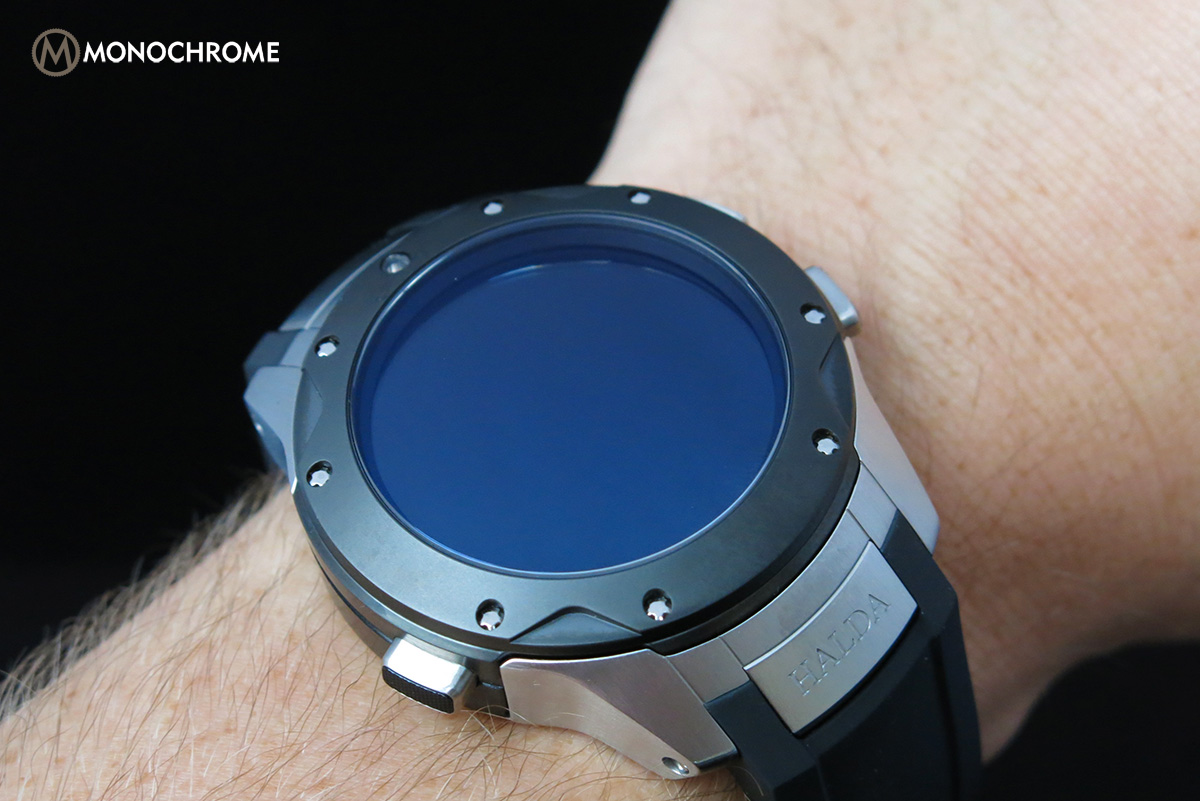
The full rundown of the digital features of the movement:
- Racetrack: Information about 150 race tracks around the world, including track length, altitude and record lap time.
- Race Chronograph: Measuring lap times and average speeds of up to two cars simultaneously down to 1/100th of a second
- Countdown to race: Remaining time to next race displayed with days, hours, minutes and seconds
- FIA F1 Countdown: Warning system of remaining time until formation lap, according to FIA F1 regulations
- Dual Time: Showing local and world time, including day, date and week. Also includes battery life and software version
- World Timer: UTC and DST with ability to display time and time zones of 193 UN countries
- Alarm clock: Single notifications, every day or weekdays
- Timer: 24 hour timer
- G-force: A three axis-accelerometer measuring G-forces in three directions
- Perpetual calendar
- Power Savings mode
One of the most notable benefits is the ability to calculate average speeds of a car on track. To be precise, it can do this for two cars at once, perfect for any team-principle sitting on a pit wall not wanting to solely rely on the computers telemetry or not having access to it. Another interesting feature is to measure G-forces. This feature is not new to the industry, as this Richard Mille Tourbillon G-Sensor RM036 Jean Todt L.E. displays a mechanical indication, it seems appropriately in place for a seemingly full-blown race computer like this. The digital module has a battery life of two years with average use, which seems reasonable considering the amount of things you can do with it at any given time. A bonus is that a battery can be replaced at your local watch-service-point.
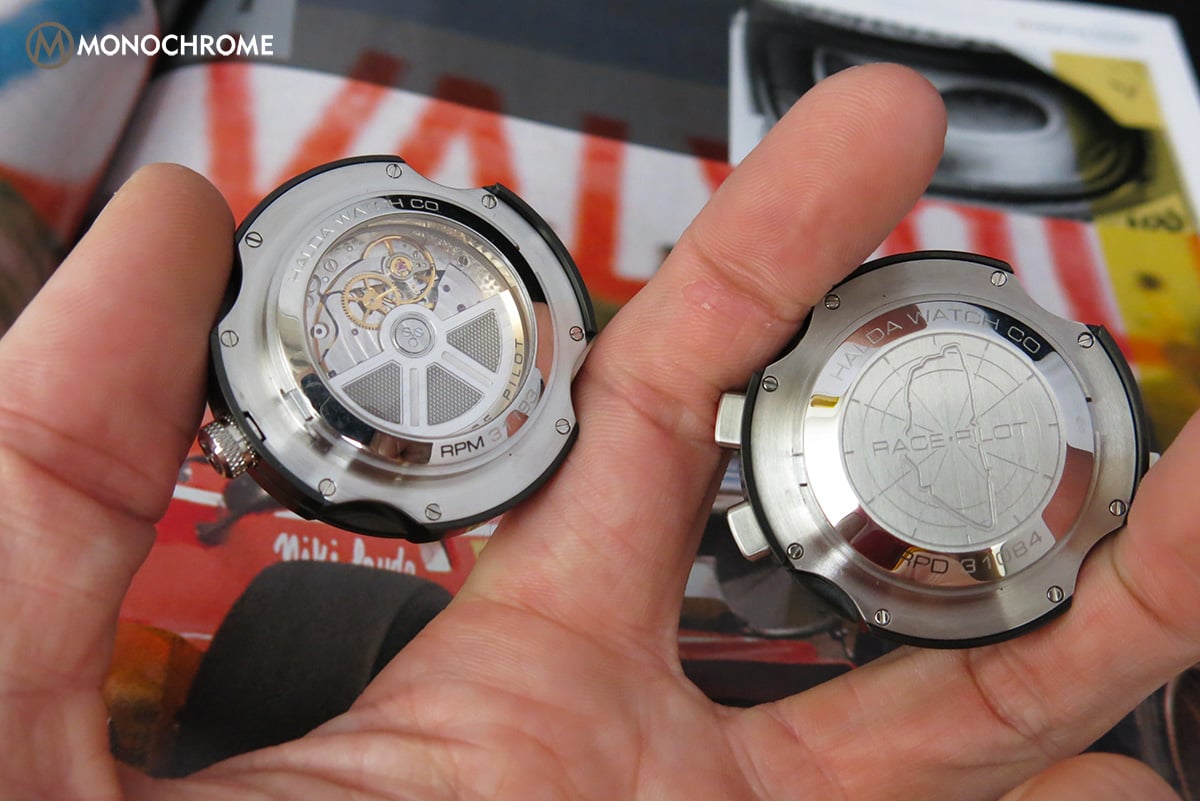
The mechanical module is equipped with a Zenith movement, the Elite Caliber 685 that is an enhanced version of the Elite Caliber 670 and includes a date, small seconds and power reserve indicator alongside central hour and minutes indication. The movement is ticking over at 4hz and has 38 jewels. The maximum power the movement can store is 50 hours, which is displayed through the retrograde indicator at 2 o’clock. Why the power reserve display is scaled up to 60 hours remains a bit of a mystery though. You would be surprised by the way, to find out the movement only measures 4,67mm’s in thickness while the case would suggest something much bigger.
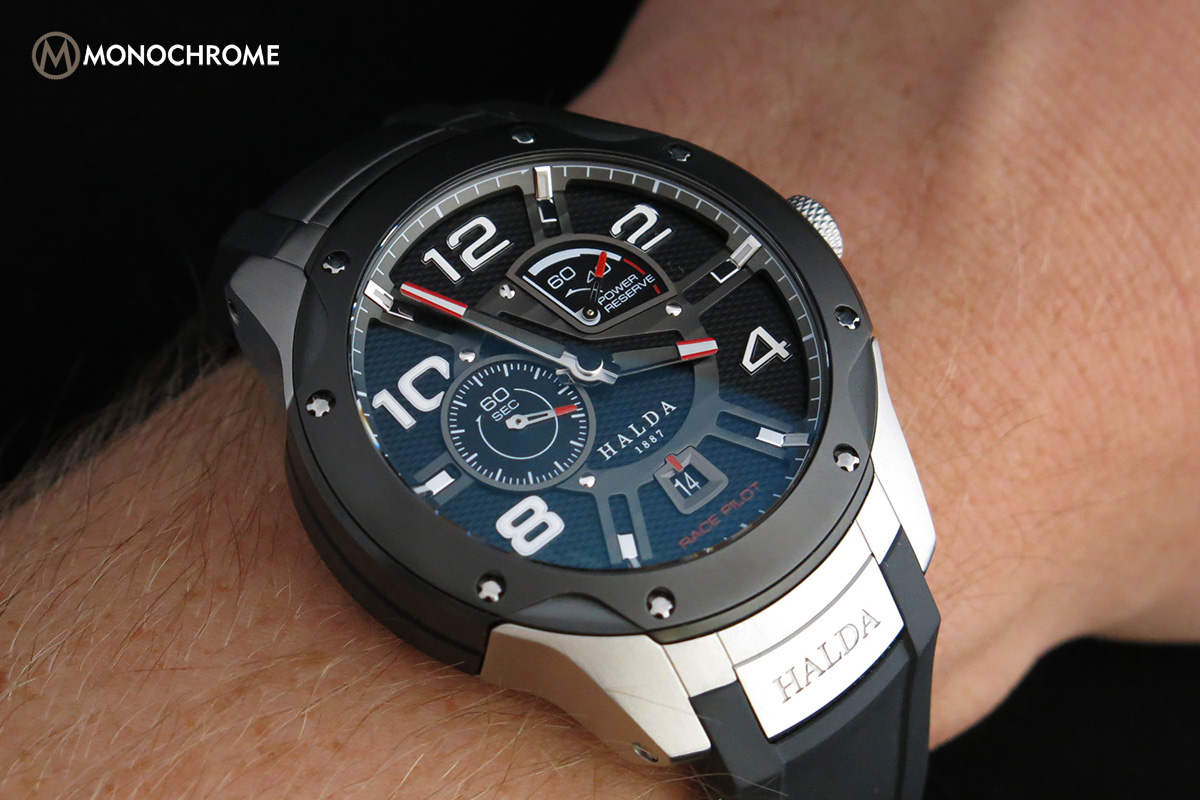
Pros and cons – Halda Race Pilot
Pros
- Complete racing package with just about any functionality you might need
- Reputable movement inside mechanical module
- Interchangeable modules provide two watches in one
- Fit and finish feels very good, no move in modules when snapped in holder
- Excellent legibility of both modules under various lighting circumstances
- Lots of little details to blend in the racing-theme
Cons
- Rather large watch despite minimalistic sizes of selected movement
- The design of the mechanical module can be a bit too busy for some
- 50 hours of power reserve where indicator states up to 60 hours
- You need storage for the additional module and this might be tricky on the road
The Halda Racing Pilot is available at a price of € 14.000,–. The set is also available with just the mechanical module or just the digital module, at a reduced price obviously. You would lose the usability and versatility of the Racing Pilot though, so the total package is the better deal so to speak.
For more information about Halda, the Race Pilot or other models, please check their website and Facebook-page.




